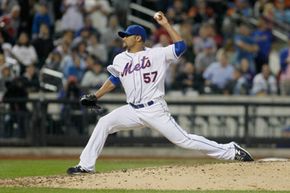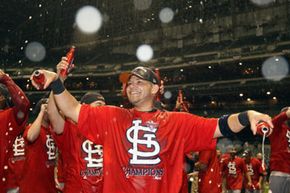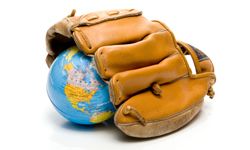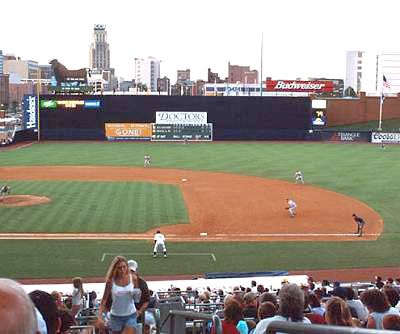The National League is one of two professional leagues that compete in Major League Baseball (MLB). The National League is older than its rival, the American League, but it wasn't the first professional baseball organization in America.
In the late 19th century, several entrepreneurs tried to launch professional baseball leagues, only to fold under poor leadership, shaky financial management, and the ever-present problem of gambling. Until the late 1860s, competitive baseball was mostly an amateur's game. Every large and small town had its team (or several teams) and players were recruited from the ranks of local carpenters, teachers and morticians.
Advertisement
The first paid professional league was the National Association of Professional Base Ball Players, launched in 1871 with nine teams from big cities across the East Coast and Midwest. The National Association, as it was known, only lasted five seasons before collapsing under allegations of fixed games and a virtual monopoly on wins by the Boston Red Stockings [source: Miklich].
In February of 1876, the owner of the Chicago White Stockings, William Hulbert, called a closed doors meeting in New York City, where he proposed the creation of a new league that would root out gambling, shift power away from the players, and attract a wealthier fan base. He called it the National League. Hulbert's rules for the new league would ban alcohol at games, drunken players and fans, cursing, games on Sunday -- and would require a ticket price of 50 cents, twice the going rate of most professional baseball games [source: Nemec].
How did the National League fare at first? Find out on the next page.
Advertisement



